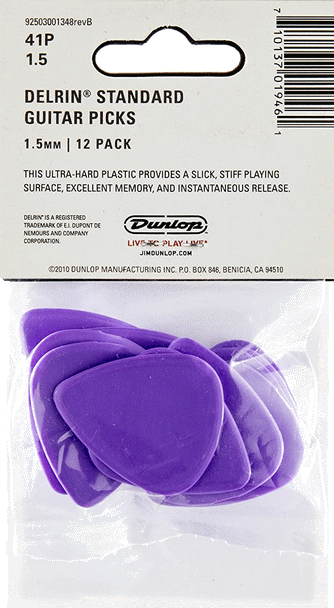Picks
Dunlop 1.5mmFender Medium
Tubes
el346L6
6550
kl88
Strings
Savrez Cantiga PremiumSavarez Corum
Hannabach Titanyl
Hannabach Carbon
GHS Boomers
Dean Markley Yngwie Malmsteen
String Ties
String-TieMore Reviews at Rusty Rabbit (click here)
 Welcome to Metaldude's GEAR room.
Welcome to Metaldude's GEAR room.
I will present my choices for items I use as a guitar player and instructor. There is no method to the madness of what gets presented, or when, or even who to get it from! I am assuming all musicians have local and internet connections, use Google a lot, and have personal favorites. I also know we are limited to what we would like compared to what we can afford, so the choices you will examine are real. I am not interested in reviewing products unless they are or were my own. I believe the test of time is necessary for real evaluations, so welcome. Google details you need. You might want to start with "How many millimeters in an inch?" |
Guitar Picks
|
Tubes
-Metaldude
Power tubes are matched by biasing, (variable resistor you can use a screwdriver to adjust in the amp circuit) which creates equal currents so the resulting sine wave curves are fairly uniform in amplitude to each other. This creates a more even push and pull on your amps speakers. Everything is more efficient for wear and tear.
But the truth for guitar playing is that efficiency is measured simply by one event: How the guitar player perceives the tone.
I have played exclusively 90% of the time on amps with preamp and power tubes using Celestion, Sheffield, and Altec Lansing speakers. I have a Gauss speaker and Peavy 4-10" for bass. I won't discuss the long winded discussion of hybrids and solid state modelling, etc. Whatever floats your boat! Experimented with a zillion of them.
There are three power tubes that always rise to the top with three distinct tones. I know the entire amp matters in a world full of great and expensive tube amps, but I am talking about reality for guitarists with less than modest incomes; who want the bulk of their tone to come from their amp, and not a footswitch. You will never takeaway my MXR Custom Badass Modified Overdrive however! Yes that is its actual name!
My Marshall SL-X and DSL el34s, Mitchell Pro-100 6L6s, Marshall 6v6s 20watt and honorable el34s in a Fender Blues Junior are the present ensemble. In the past kl88s in a Marshall 50w Plexi and 6550 in Ampegs and 6L6s in Fender Bassman and Bandmaster were the beginning of the tube quest. And Halen 5150 el34s just to let you know various preamp arrangements. Oh Mesa Boogie 6L6s as well.
My favorite is to split a 4-12" Marshall 16Ω 1960A cab in half (8ohm load each side) into 2-12" 75Watt speakers, one a gt75 Celestion, and the other a Sheffield 75watt from a Van Halen type cab for each pair.
Why you ask? The Sheffield frequency response is higher than the Celestion.
One side is amplified by the Marshall SL-X, el34s, and the other by the Mitchell, 6L6s, both 100watts. Use an MXR splitter to plug in. Use pedals on one side only except wah-wah. The Mitchell was made when Mesa Boogie just started and was modelled after their 100watt hand soldered amps. So a Mesa 6L6 100watt is your best bet. The tone will blow you away as you design your own settings. Each amp by itself lacks what the other provides!
Click below to purchase at Amazon | |||
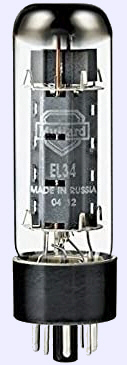 EL34 |
 6L6 |
 6550 |
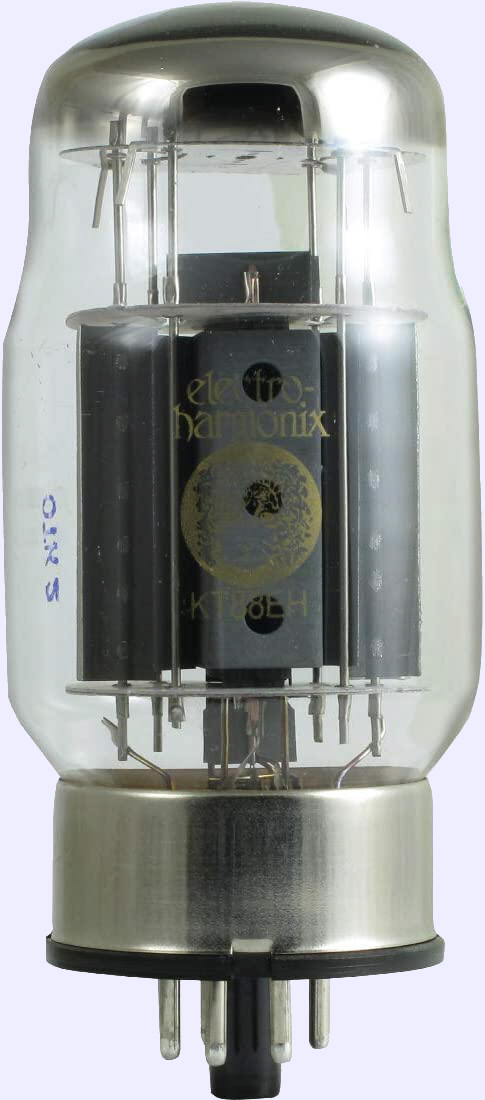 KT88 |
Strings
-Metaldude
Modern guitar strings are incredibly diverse and personal, like guitar picks. Once you have a fit, experimentation subsides. The tone for each guitar gets matched. We stick to what works, branching out occasionally by a colleague's suggestion, including reps with free strings to try! But once the tone relieves the ear in most hand positions, we are okay with the status quo. (Unless the tone boat gets wrecked.) The uninitiated must pay their dues, literally, and listen and callous fingers and reset string heights, polish frets and gather info from players and luthiers. And then magic happens: a recurrence to a previous string maker and gauge because of tone and feel. Until you get another guitar haha!
Electric, acoustic and classical guitars are all very different. Yes, I have 'cross dressed' bronze on electric, nylon on acoustic, and only recently titanium and carbon filament on classical. Only the latter have worked for me.
My journey into classical guitar strings was with Augustines, created in the 1940s for Andres Segovia. At that time strings were made from animal guts!! I played a Torres guitar with animal gut strings and frets (the frets were movable!) at a Luthier convention in Seattle. They actually worked better than I expected! Please explore this incredible story of Dupont plastics meeting classical guitar in New York et al!
The classical guitar can get pricey in the string department. The volume, tone, and playability on mostly non-radiused fretboards of ebony and mahogany, demand attention to detail and non-affordable experimentation. These guitars with spruce or cedar tops and rosewood body and sides are what I play: an affordable lattice braced cedar-top 2015 Cordoba 12 (about $2k new now. Not eco friendly after the desecration of hardwood forests): an Amalio Burget 2016 spruce-top Maestro #7 hand made in Spain, and a 2011 Alhambra 7P also from Spain. Each with a totally different tone and playability. Except for the Alhambra, which uses hard/normal tension Savarez strings as a complete set of 6 strings, I buy classical strings in sets of 3 trebles and 3 basses. The Burget Maestro uses hard tension Savarez basses and medium/hard Hannabach Titanyl trebles. The Cordoba C-12 uses Savarez Cantiga normal basses and medium/normal Hannabach Carbon trebles. Get Googlin'!! Get Chooglin'!!
My electric guitars, of modest demeanor with soft tails, mostly Floyd Rose (from Seattle, Washington), except for the 1970 Les Paul Custom with a Bowen Handle, and Warmouth strat (from Puyallup Washington) that is ironically a hardtail, all use GHS Boomers in the following gauges: .009,.010 or .011, .015 or .016, .024, .032, and .042. If you need a good Google, look up Toni Iommi's string gauges, Judas Priest and Zappa. And Stevie Ray Vaughn's- not for the feint of fingers! Acoustic steel string? I don't play acoustic steel strings much, especially fingerstyle because of classical guitar preference. But a Fender Medium pick on Phosphor Bronze Dean Markley gets the news goin'. I use superlights so I don't beat-up my fingers for electric and classical. But my ears want to hear medium or light gauges on a Martin, like Cindy Garay from Sitka Alaska used to use on our albums recorded by Bruce Whitcomb at Arcade Recordings
Hey kidz. My idea of recent is a decade. Look it up! I tried a string tie not because of any artist. Young classical newbies of immense talent convinced me to try carbon and titanium laced strings because Ana and friends use them and thank you because the treble changes!
Click below to purchase at Amazon | |||||

Savrez Cantiga Premium |
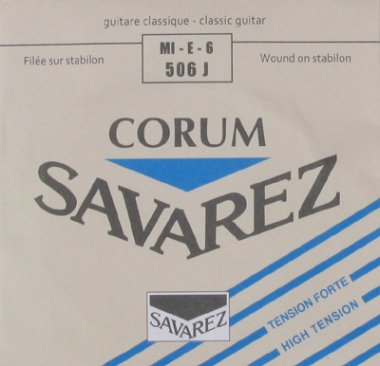
Savarez Corum |
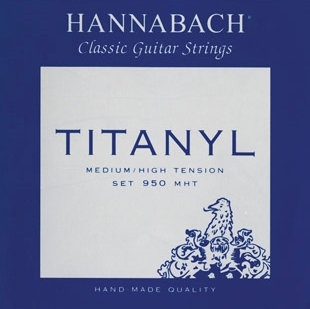
Hannabach Titanyl |

Hannabach Carbon |

GHS Boomers |

Dean Markley Yngwie Malmsteen |
String Ties
-Metaldude
Recently I tried String Tie blocks. Whoa! Like locking Shecter Tuning Gears for electric, they allowed my classical nylon string guitars to get in tune faster and stay in tune longer. My guess is that the way the strings get stabilized is by orthogonal locking. The bonus is a tight block to bridge density for frequency transference. I HAVE NOT MEASURED THIS TO METALDUDE LEVEL science, but how quickly the tuning is stabilized is remarkable. So, I will always use them.
String ties or string blocks or 'beads', are CAD made blocks for nylon string guitars that secure the bridge strings into a small block through holes in the blocks. I first saw them in a Strings by Mail catalog and tried them out about 8 years ago. I have not turned back! These little jewels of engineering do one thing well: my classical guitars stay in tune almost immediately! Just like the joy you get from Sperzel locking tuning gears on an electric guitar! Nylon strings have a stretch modulus requiring a 'break-in' period if tied the traditional way at the bridge and tuning gear. Some of this is because of the modulus being repeated 'string locking string', as opposed to just the nylon filament itself. The Tie Blocks eliminate 50% of this break-in period at the bridge (25% overall) because the string is locked like a Floyd Rose. Now if we had a way to lock the string at the tuning pegs......!
Click below to purchase at Amazon |
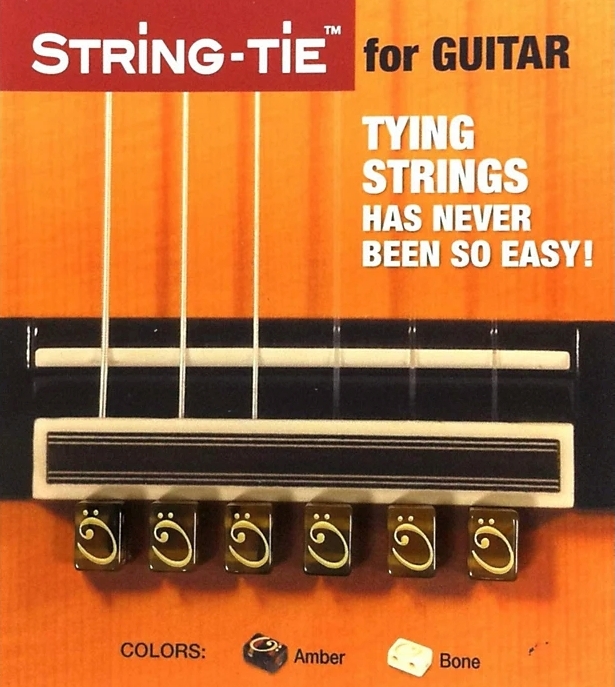
String-Tie |



 Please Log in. Not a member? Click to join!
Please Log in. Not a member? Click to join!


